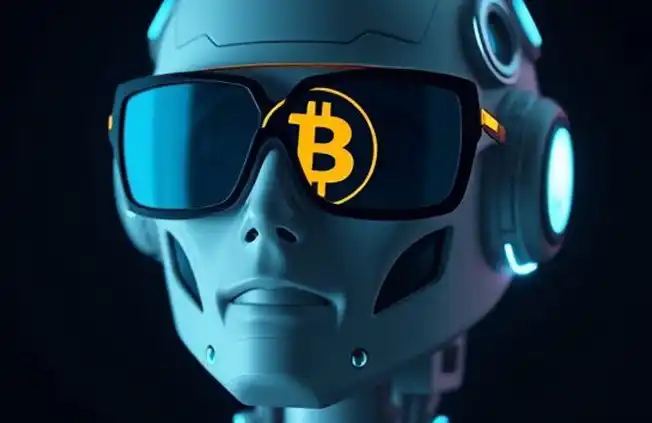Before Indiana Jones and the Great Circle swung onto the scene, LucasArts’ Fate of Atlantis was widely hailed as the best Indiana Jones game ever made. Indeed, Fate of Atlantis‘ popularity is so great that many fans still mourn its cancelled sequel today, more than 30 years after its release.
Sure, Lucasfilm has greenlighted plenty of Indy-headlined games post-Fate of Atlantis. Aside from The Great Circle, there’s The Infernal Machine, The Emperor’s Tomb, Staff of Kings, and two Lego-themed outings. But none of these games is a continuation of Fate of Atlantis‘ story or design philosophy; they’re standalone Indy adventures. That wasn’t always the plan, though. As alluded to above, LucasArts did commission a direct follow-up to Fate of Atlantis: Indiana Jones and the Iron Phoenix. Yet it ultimately never materialized; the best we got was a Dark Horse Comics adaptation.
Why? As is often the case when a game gets axed, there are a bunch of reasons why Fate of Atlantis‘ sequel didn’t happen; you’d need a Grail Diary-esque document to track them all. But three major factors in particular – personnel problems, technical troubles, and censorship struggles – conspired to derail Indiana Jones and the Iron Phoenix.
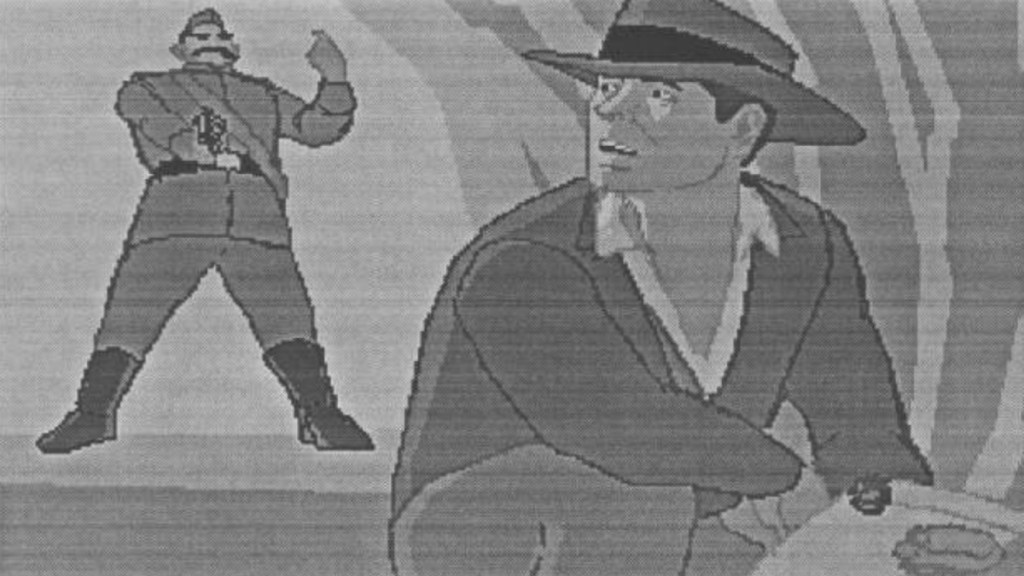
Indiana Jones and the Iron Phoenix was an ambitious project. The cancelled sequel’s 60-page design document is available online, so we have a pretty good idea of production co-leads Aric Wilmunder and Bill Stoneham’s vision for its story and gameplay. It would’ve taken place in 1947, and tasked players with keeping the fabled Philosopher’s Stone from falling into the hands of Nazi fugitives hellbent on resurrecting Hitler. There would’ve been plenty of globe-trotting (culminating in South America), and the possibility for romance with Indy’s Nazi-hunting Soviet companion, Nadia Kirov. In short, it had all the ingredients for another thrilling Indiana Jones epic.
The Iron Phoenix team wasn’t focused solely on living up to Fate of Atlantis‘ story, though. They were eager to outdo that game’s level design and gameplay mechanics, too. The Iron Phoenix was meant to break new ground for LucasArt’s point-and-click adventure-oriented SCUMM engine. Rooms would’ve utilized scrolling technology to expand their dimensionality. Action sequences would’ve been bigger and more dynamic, as well. For example, in The International House of Mojo’s exhaustive Iron Phoenix post-mortem, lead animator Anson Jew describes a blockbuster brawl in a plane’s cockpit.
In light of the above, Indiana Jones and the Iron Phoenix clearly had the potential to do justice to its predecessor. Even its riskiest move – dropping the original game’s replayability-boosting tri-path design – was seemingly offset with a well-considered substitute (adding Monkey Island 2-style quest flexibility). But not even Indy himself could’ve overcome the roadblocks that wound up putting the sequel out of action.
Related: When Indiana Jones and the Great Circle Takes Place in the Timeline
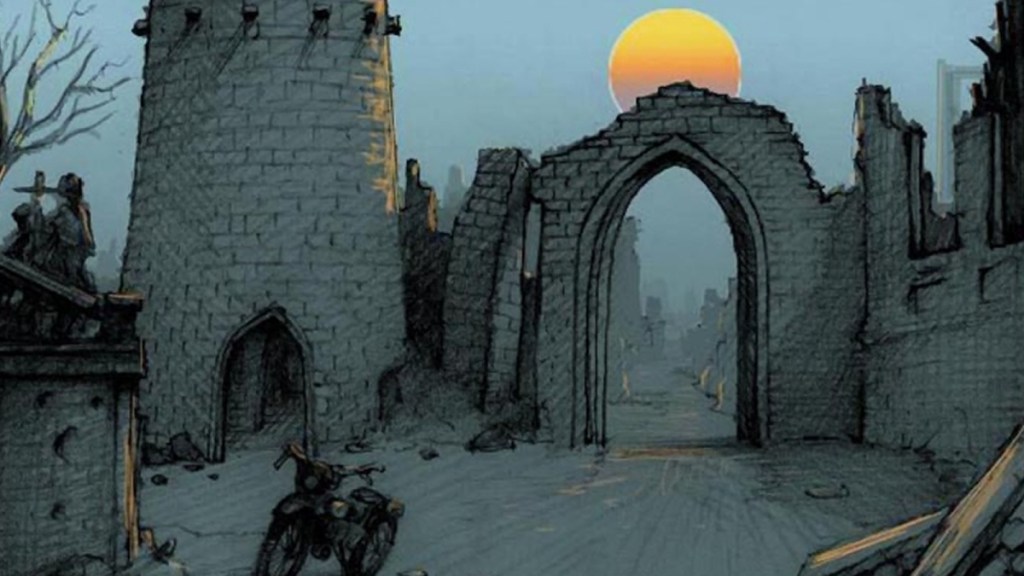
The first sign that Indiana Jones and the Iron Phoenix‘s development wouldn’t run smoothly came early. Months (at most) into the Fate of Atlantis sequel’s production, original project lead Joe Pinney exited (the exact reasons for his departure remain unclear). LucasArts quickly replaced Pinney with Wilmunder and Stoneham, but this back-of-house dysfunction was a bad omen for Iron Phoenix‘s future. Further down the line, LucasArts would force Wilmunder to split his time between Iron Phoenix and another of the studio’s titles, The Dig. More importantly, the powers that be also insisted that a third-party outfit in Canada handle the bulk of the work.
Related: Indiana Jones and the Great Circle Recaptures the Magic of the Original Trilogy [Review]
This proved a miscalculation on par with Walter Donovan’s Holy Grail selection in Indiana Jones and the Last Crusade. The Canadian studio had no experience developing point-and-click games. Unsurprisingly, their output was slow and basically unusable. In the International House of Mojo piece, Wilmunder complains about the Canadian studio’s inadequate headcount and expertise, and theorizes that the test animation that won them the Iron Phoenix gig was actually produced by a one-off freelancer. Whatever the truth of the matter, LucasArts eventually severed ties with Iron Phoenix‘s international development crew – but not before a lot of time and money was wasted.
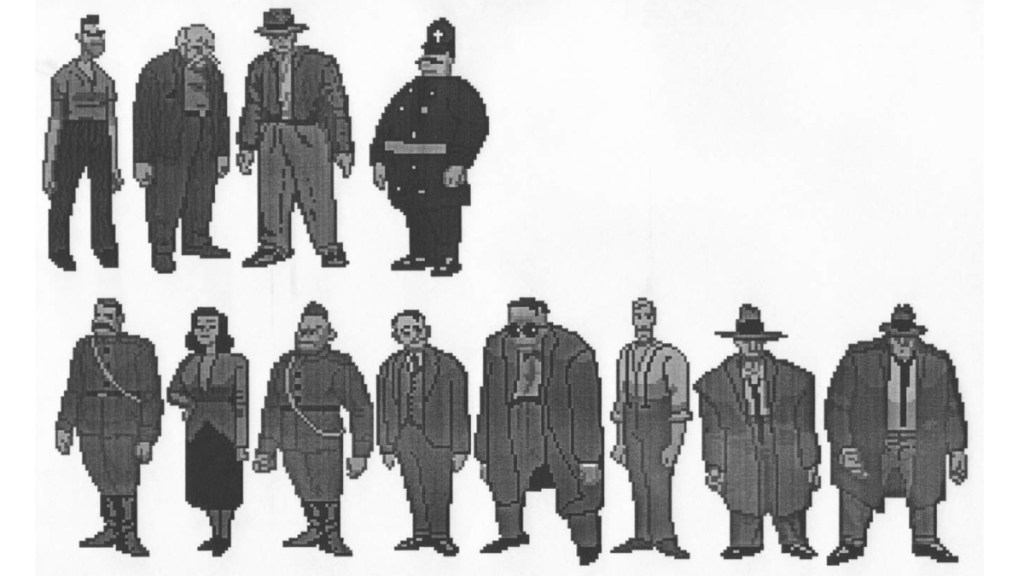
Meanwhile, Indiana Jones and the Iron Phoenix‘s in-house team was grappling with the technical limitations of the SCUMM engine. With the release of 1993’s Day of the Tentacle, LucasArts pivoted away from the small character sprites employed by Fate of Atlantis towards larger sprites more than twice their size. This worked great for Day of the Tentacle‘s cartoony aesthetic, but for the more realistic Indiana Jones franchise? Not so much. Worse still, the nature of the SCUMM engine’s color palette meant that any colors used for character models couldn’t be used for backgrounds (and vice-versa). So, Jew had to come up with a more stylized look for Iron Phoenix that he was never fully happy with.
Related: Indiana Jones and the Great Circle Gets Release Date & Release Window on PS5
Wilmunder and Stoneham apparently weren’t sold on this approach, either. As production rolled on, the duo experimented with digitizing live-action actors for Iron Phoenix‘s sprites. According to Wilmunder, this hybrid technique never progressed further than a few brief, supposedly spectacular test footage clips. But spectacular or not, the fact that Iron Phoenix didn’t have a locked-in aesthetic (much less any completed animation or gameplay sequences) further underscores the sequel’s technical and artistic strife. At the same time, as with the outsourcing dramas, these issues weren’t the Mola Ram heart-ripper that eventually put paid to Indiana Jones and the Iron Phoenix.
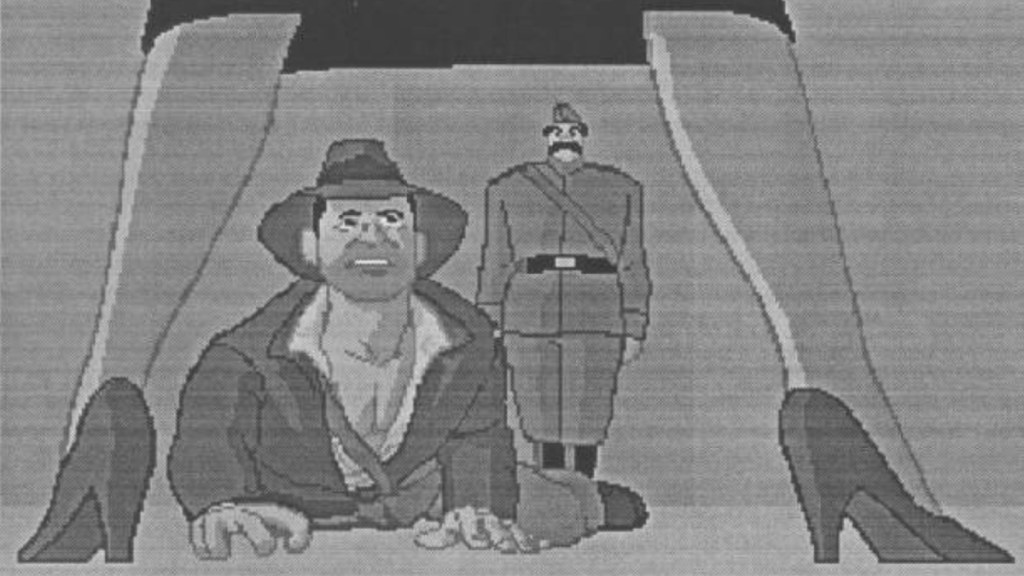
Instead, what ultimately killed Indiana Jones and the Fate of Atlantis‘ sequel was something far less exciting: censorship. It turns out that Wilmunder, Stoneham, and the team hadn’t factored on Germany’s laws forbidding the use of Nazi imagery in (among other things) video games. Other Indiana Jones games before and since have sidestepped this restriction by tweaking dialogue and artwork to remove explicit nods to Nazism. This wouldn’t fly in Iron Phoenix, though. Hitler himself shows up at the end, so downplaying the Third Reich was a non-starter.
Related: Here’s Who the Voice Actor for Indiana Jones Is in The Great Circle
Once LucasArts realized that Iron Phoenix was essentially unsellable in one of its key European markets, whatever enthusiasm studio bosses had for the sequel evaporated. By early 1995, The Iron Phoenix was quietly shelved. Development on another Indiana Jones game, The Infernal Machine, kicked off a few years later, however, by then industry trends (and gamers’ tastes) had shifted. 2D point-and-click adventures were out; Tomb Raider-type 3D action platformers were in. That’s the nature of the medium: the old makes way for the new. But it’s a real shame all the same. Indiana Jones‘ best game deserved a great sequel – and The Iron Phoenix seemed destined to be just that.
Indiana Jones and the Fate of Atlantis is available on Steam.
